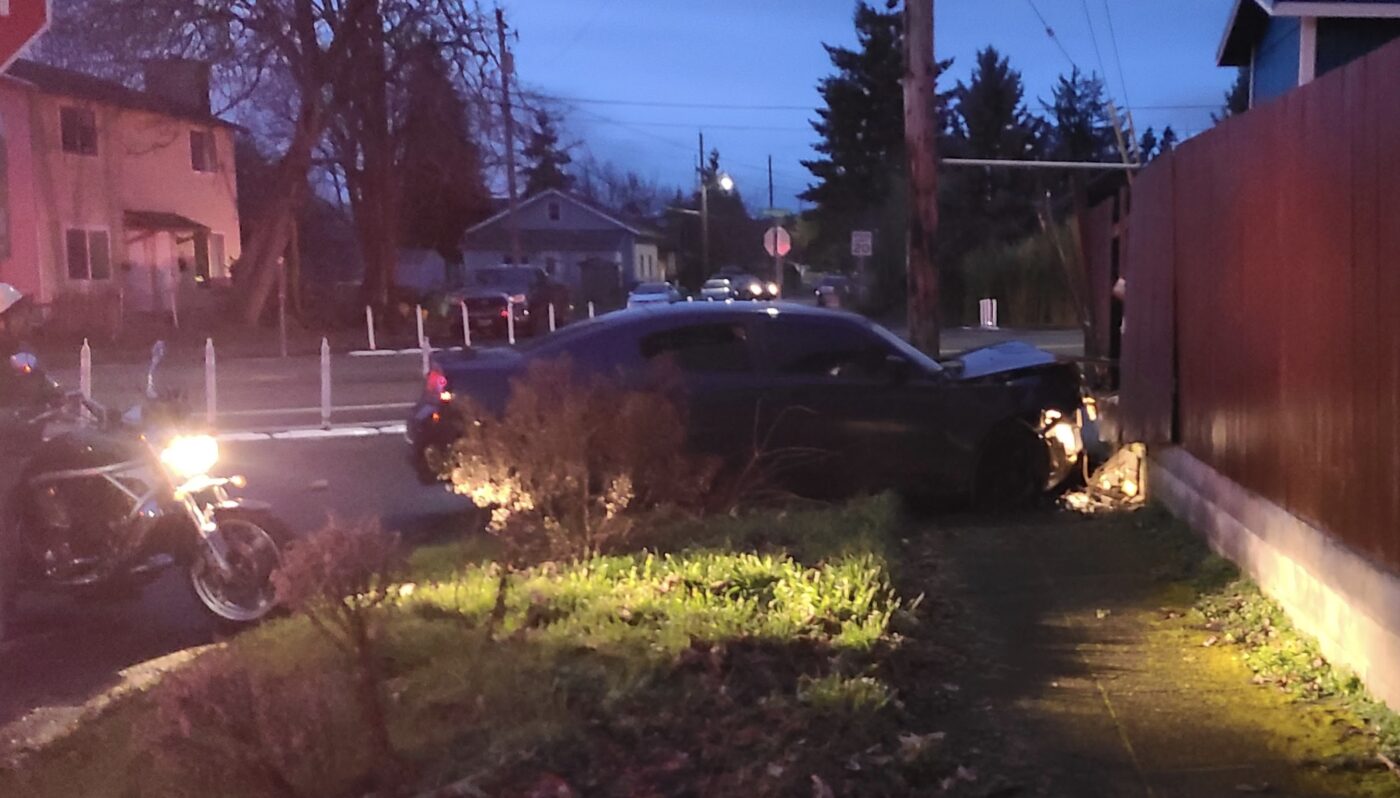A truism I come back to often as I navigate frequent debates online and off is that multiple things — often conflicting things — can be true at the same time. In today’s world where public discussions are too often binary, having simultaneous multiple truths can be difficult for folks to accept.
Case in point: the Portland Bureau of Transportation is amazing. It has a proud legacy of national leadership, excellent programs, and is full of dedicated staff who want to do the rights things — even when it requires pushing back against bureaucratic inertia. At the same time, PBOT is failing miserably on its main job: to provide the basic service of safe streets for all Portlanders.
We all know the traffic death toll has scaled new heights in recent years. But from a street-level perspective, two stories in the local media this week stand as examples of PBOT’s failure, and they both involve unsafe conditions on the same street, less than two miles apart. In both cases, PBOT is well-aware of dangers drivers pose, yet they’ve failed to adequately address it. The result has been stress, repeated trauma, property damage, and even loss of life.
Remember the s-curves on Southeast Woodstock and 60th I reported on a year ago? Folks who live there reached out to me after drivers repeatedly failed to negotiate the curve. They shared several examples of drivers and their cars flying through front yards, slamming into porches, and careening into fences. The problem had been going on for years, and neighbors felt like PBOT wasn’t doing enough.
Less than six months after a video and a story was posted on BikePortland, PBOT finally took action. They installed plastic wands, curbs, and new signage — all to straighten out the curves in hopes it would calm drivers down and prevent crashes.
It isn’t working. As local advocates have been saying for years: plastic is no match for steel.

Less than four months after one of the families I spoke to installed a new fence, someone slammed into it. A reader sent me the photo above on February 12th. “I heard the crash,” Josh C. shared. “Then I realized my wife and kid had just left and would have been sitting in that very spot.” According to Josh, he learned from a neighbor that the driver was so drunk he just got out of the car and laid down in the grass.
“I don’t know why there are not at least a few bumps leading up to the curve. There is zero incentive for drivers to slow down,” Josh, who is not a traffic engineer, said. “Make it so they fail sooner and faster before they can build speed. That’s all I can think of.”
In a story about the most recent crash, KATU reported that the homeowner has evidence of three drivers crashing into their property in the last 14 months — with one of them going right into their living room. They say they have “panic responses” whenever they hear a loud noise. Another nearby resident says he spent $10,000 to stop cars from plunging into his yard.
All folks want is speed bumps or some sort of stronger barrier to keep themselves safe. All PBOT has said is there’s an unfunded plan where changes might be considered sometime in the future.
Two miles east, a 71-year-old man was hit and killed while walking across SE Woodstock and 97th. In a story published by Willamette Week on Wednesday, they detailed how a lack of action by PBOT might have contributed to the man’s death:
“The intersection is so treacherous that city officials six years ago deemed it worthy of major changes. In 2018, the Portland Bureau of Transportation announced it would spend $4 million to make a stretch of Foster Road and Woodstock Boulevard safer. The funding soon grew to $6.6 million and plans included a crosswalk, a traffic median, and a stoplight at the intersection of 97th and Woodstock.
City officials said they would complete the safety improvements at the intersection by 2020. In 2020, they promised to finish the work by 2022. To date, none of the improvements have been made—not even the stripes of white paint needed to create a crosswalk.”
PBOT didn’t explain in much detail to Willamette Week why the changes haven’t happened. They did mention “budget pressures,” a need to “value engineer” the project, and gave “sometime next year” as a timeframe for completion.
It’s unacceptable so many Portlanders are held hostage to unsafe drivers and deadly, trauma-inducing streets with years of documented hazards. I understand PBOT cannot address all the city’s needs and that the scope of the problem (drunk, dangerous, careless, selfish, distracted, irresponsible drivers) has ballooned faster than government can handle.
What I don’t understand is why PBOT hasn’t met the moment with changes to their approach that are commensurate with the problem. Drivers have thrown out the book when it comes to norms of civil conduct and our infrastructure and traffic management policies are woefully outdated and inadequate. Referring Portlanders to unfunded plans and plastic half-measures are not the right response. We need triage. We need leadership at PBOT and City Hall to get in front of the public; make statements, take actions, be bold, be different, be accountable.
Safe streets are a basic service and it’s PBOT’s job to provide them. No matter how much we love the bureau’s people, legacy and programs; we must demand they do more, better, faster.



